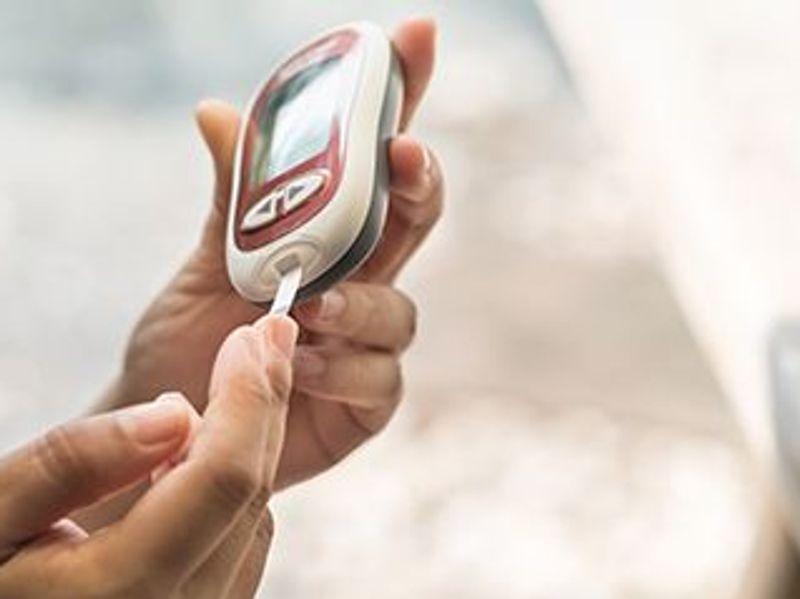In phase 2 trial, fewer hypoglycemic events (≤70 mg/dL) seen in both BIF dosing groups compared with insulin degludec
TUESDAY, March 23, 2021 (HealthDay News) — For individuals with type 2 diabetes mellitus (T2DM), once-weekly, long-acting, basal insulin Fc (BIF) is noninferior to insulin degludec for glycemic control, according to a study presented at the annual meeting of The Endocrine Society, held virtually from March 20 to 23.
Juan Pablo Frias, M.D., Ph.D., from the National Research Institute in San Diego, and colleagues examined the safety and efficacy of BIF versus insulin degludec over 32 weeks in 399 patients with T2DM. Two different dosing algorithms for BIF were included, with fasting glucose (FG) targets of ≤140 mg/dL (BIF-A1) and ≤120 mg/dL (BIF-A2). Insulin degludec was titrated to an FG target of ≤100 mg/dL.
The researchers found that for the primary end point of hemoglobin A1c change from baseline to week 32, both BIF groups achieved noninferiority, with mean reductions of 0.6, 0.6, and 0.7 percent, respectively, for BIF-A1, BIF-A2, and insulin degludec. Compared with the BIF arms, insulin degludec achieved greater fasting serum glucose lowering from baseline. When assessing hypoglycemic events ≤70 mg/dL, both BIF dosing groups showed significantly fewer events compared with insulin degludec. Hypoglycemic events <54 mg/dL did not differ significantly between the three groups. In BIF-A2, there were two severe hypoglycemic events. Compared with insulin degludec, both BIF groups had a significantly smaller increase in body weight from baseline to week 32.
“Based on our promising data, further research with BIF has been initiated in patients with type 1 diabetes and other type 2 diabetes patient populations,” Frias said in a statement.
Several authors disclosed financial ties to Eli Lilly and Company, which is developing the once-weekly injection and funded the trial.
Copyright © 2020 HealthDay. All rights reserved.








